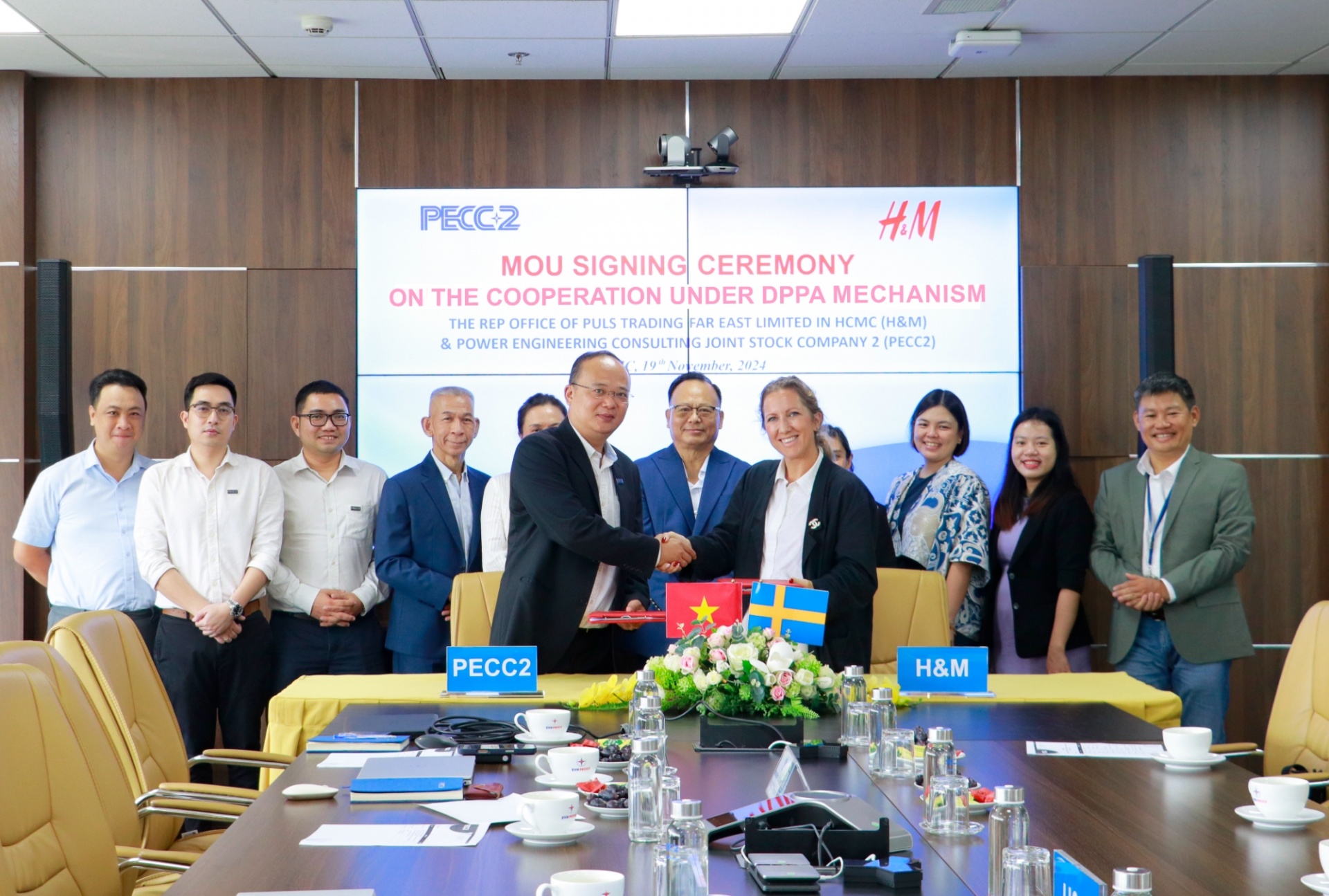Banks call for room to fund giant projects
 The Banking Working Group of Vietnam Business Forum warned that the limit was a barrier that prevented them from financing foreign investors’ large business expansion or projects in Vietnam.
The Banking Working Group of Vietnam Business Forum warned that the limit was a barrier that prevented them from financing foreign investors’ large business expansion or projects in Vietnam.
According to the Law on Credit Institutions, which took effect from January 1 2011, a foreign bank branch and a locally incorporated bank cannot provide loan to a single borrower exceeding 15 per cent of its own equity.
Foreign banks and foreign bank branches are major lenders to foreign direct investment (FDI) projects in Vietnam. However, most foreign banks have relative small balance sheets in their Vietnamese branches and subsidiaries, even though their parent banks have capacity to finance significantly larger transactions than the Law on Credit Institutions allows onshore.
This means foreign investors will be difficult to find onshore funds for their big projects in Vietnam because of the 15 per cent lending limit, according to the Banking Working Group.
Taiwan’s Formosa Plastics Group, which is building $10 billion seaport and steel manufacturing complex in central Ha Tinh province, is an example. Three years ago, the investor raised concern over this lending limit to Vietnamese governmental agencies but the issue has not been addressed.
A source at Formosa said the firm was using its own capital for the project construction at present, but it needed to mobilise $3 billion from foreign banks outside Vietnam and $3 billion from foreign bank branches in Vietnam. “The lending limit is hindering this plan,” the source said.
Vinayak Herur, head of Institutional Banking of ANZ Vietnam and Greater Mekong, said prudential lending norms stipulated by all regulators “is an internationally accepted practice” that would ensure there were no concentrations towards single borrowers.
However he said in case of foreign banks that had fully owned subsidiaries or branch representation there could be consideration given to their overall global capital rather than just the local capital invested onshore in Vietnam.
“This could allow them to selectively increase exposure to foreign-invested enterprises that require onshore funding to develop projects in Vietnam,” said Herur. “Well-managed banks with robust risk assessment procedures and overall compliance with capital adequacy norms should be permitted to seek exceptional approval for higher limits for specific single borrowers.”
To address this challenge, the Banking Working Group proposed that the State Bank permit banks to exceed the single borrower limit where a third party bank guarantee or standby letter of credit cover this excess.
“A parent guarantee or standby letter of credit has been extensively used to transfer risk between banks in many countries, allowing prudent lending above the single borrower limit set by central banks,” the group stated in a note.
According to the group, this solution should enable corporate customers and larger infrastructure projects in Vietnam to access their required larger funding for business expansion.
“This solution will greatly help efficient financing of large businesses and projects whilst simultaneously ensuring prudential credit exposure by banks,” it stated.
What the stars mean:
★ Poor ★ ★ Promising ★★★ Good ★★★★ Very good ★★★★★ Exceptional
Related Contents
Latest News
More News
- Mitsubishi Estate launches Logicross Hai Phong - a milestone in logistics evolution (November 20, 2024 | 14:32)
- Semiconductor workforce partnerships deliver industry-relevant training (November 20, 2024 | 10:58)
- German Quickpack to invest $31.7 million in Long An province (November 20, 2024 | 09:31)
- Foreign-invested enterprises drive logistics investment in the southeast region (November 20, 2024 | 09:27)
- Chile visit underscores trade benefits (November 19, 2024 | 10:00)
- Trump’s second term impacts sci-tech activities and industry 4.0 technologies (November 18, 2024 | 10:00)
- Vietnam eyes nuclear revival to bolster energy security (November 14, 2024 | 16:46)
- Kyokuyo completes $13.5 million seafood factory in Vietnam (November 14, 2024 | 12:19)
- VinFast receives $3.5 billion funding from Vingroup and Pham Nhat Vuong (November 14, 2024 | 06:38)
- Localities sprint to reach FDI targets (November 13, 2024 | 10:00)


 Tag:
Tag:

















 Mobile Version
Mobile Version